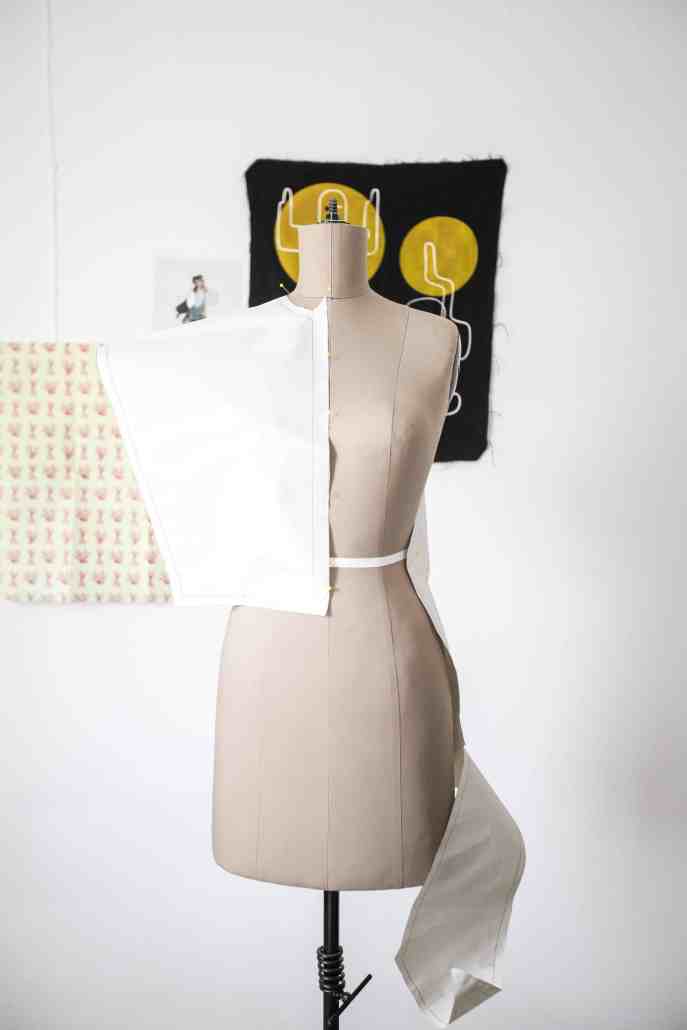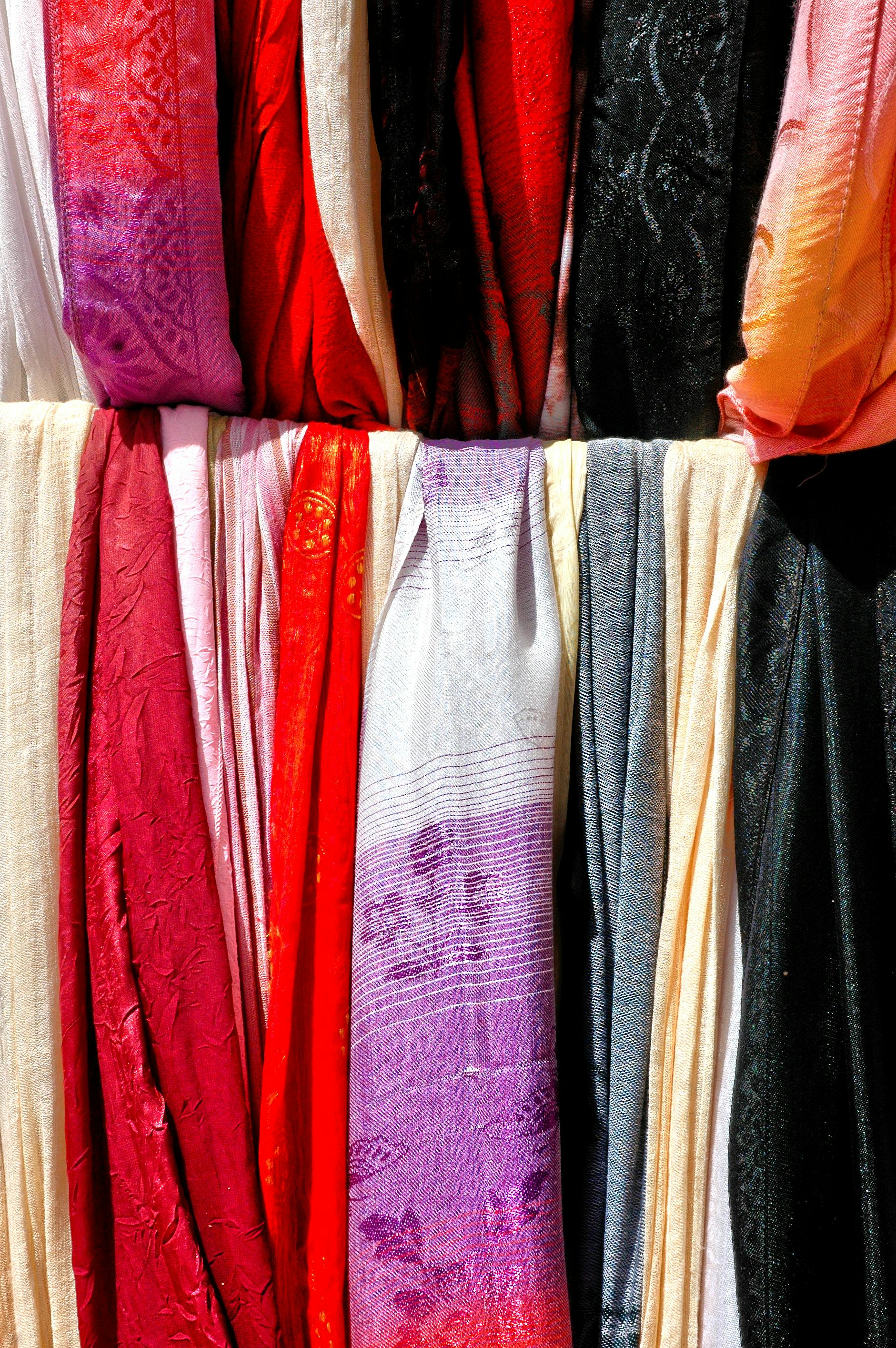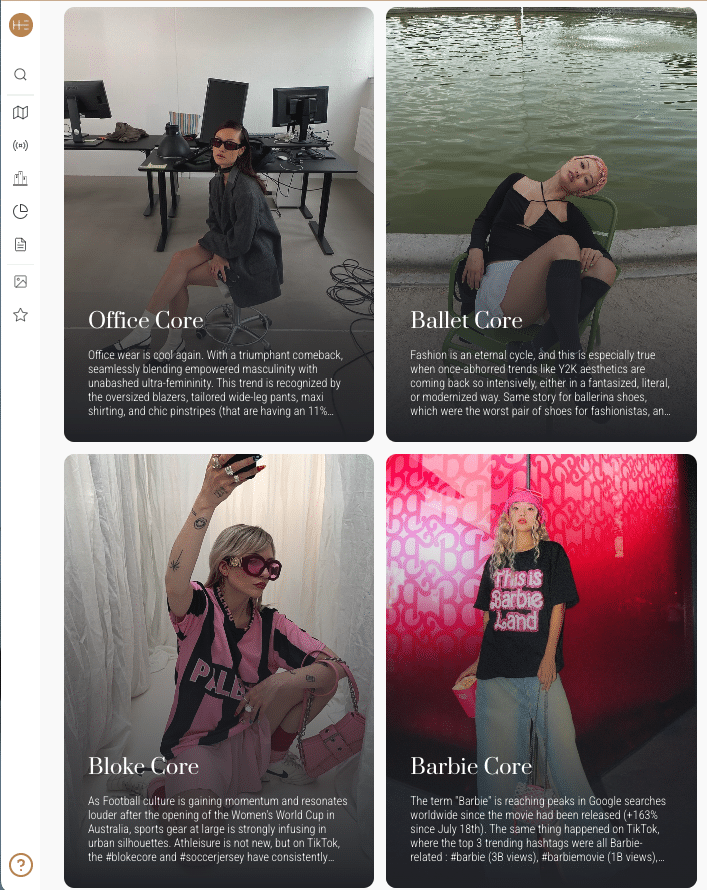In the highly competitive world of fashion, efficient inventory management can make or break a brand’s success. Sell-through rate (STR), the percentage of inventory sold compared to the total stock received, is a critical metric for fashion brands and manufacturers. Beyond simply tracking product sales, understanding and optimizing your STR enables you to refine your supply chain, anticipate customer demand, and avoid costly overstocks or markdowns. In this article, we dive deeper into how professionals in the fashion industry can leverage the sell-through rate to optimize not only inventory but also marketing and sales strategies to drive long-term growth.
What is Sell-Through Rate?
Sell-through rate (STR) is a performance metric that measures how much of the received inventory is sold within a given period, typically tracked monthly or seasonally in fashion retail. While it is a straightforward calculation, its implications are far-reaching. A well-managed STR helps brands align their inventory with market demand, reducing financial risks from unsold products.
For example, in the luxury fashion sector, where margins are higher and production runs are smaller, STR can help determine which product lines should be expanded or discontinued. Meanwhile, in fast fashion, where trends change rapidly, STR provides a real-time pulse on how effectively new collections resonate with consumers.
It’s essential to differentiate STR from inventory turnover, which measures how many times inventory is sold and replaced over a specific period. While STR focuses on the sell-through of new stock within a season, inventory turnover looks at the broader replenishment cycle across all products. In fashion, STR is more actionable because it directly informs real-time merchandising decisions for time-sensitive collections.
Why is Sell-Through Rate Important?
Sell-through rate plays a pivotal role in aligning your inventory with consumer demand, offering critical insights into both successful product categories and underperforming ones. Here’s why it’s essential:
Optimizing Merchandising and Buying Strategies
With an accurate understanding of STR, buyers can make smarter purchasing decisions. For example, if a brand sees that a particular style of sneaker has a high STR, it signals strong demand, justifying increased orders. On the flip side, products with low STR can be identified early, allowing buyers to cancel or reduce reorders, preventing excess stock and unnecessary markdowns.
Cost Reduction and Improved Cash Flow
Excess inventory leads to higher storage costs, ties up capital, and often forces brands to sell at a discount. A well-managed STR helps brands release cash flow tied to unsold stock, improving overall financial health. For fashion professionals, having liquidity to invest in the next collection or marketing campaign is crucial for staying competitive.
Consumer Insights and Product Development
STR provides invaluable data on what resonates with your audience, allowing designers to adjust future collections based on real-world performance. For example, suppose oversized outerwear consistently has a high sell-through. In that case, it suggests that this style aligns with current consumer preferences, and brands can double down on this trend in upcoming lines.
Market Responsiveness
Brands that react quickly to sell-through trends are better positioned to seize opportunities. If a product sells rapidly, a fashion retailer can increase its online marketing efforts or plan a targeted influencer campaign to keep the momentum going. Conversely, early identification of slow sellers allows brands to pivot with timely markdowns or re-merchandising before the season ends.
How to Calculate Sell-Through Rate?
Understanding the formula for sell-through rate is simple, but its application in real-world business scenarios offers profound insights.
The formula is:
Sell-Through Rate = (Units Sold / Units Received) × 100
Let’s consider a more nuanced example for the fashion industry. A retailer receives 500 units of a limited-edition jacket and sells 300 units in one month.
The STR calculation is:
(300 / 500) × 100 = 60%

However, calculating STR monthly may not be sufficient in some cases. For high-margin luxury brands or high-turnover fast fashion, tracking STR every week might provide more actionable insights, especially during peak sales periods such as fashion weeks, holiday seasons, or product launches. Similarly, for brands expanding into wholesale or online marketplaces, tracking STR for each channel separately can uncover which retailers or platforms are underperforming or exceeding expectations.
In addition, comparing STR over different time frames—monthly, quarterly, or yearly—gives deeper insights into seasonal trends and product lifecycles, allowing brands to adjust production schedules and marketing campaigns accordingly.
What is a Good Sell-Through Rate?
The definition of a “good” sell-through rate varies depending on the product category and industry. In fashion, the benchmark STR typically hovers around 60-80%, but this can fluctuate depending on the business model:
- Luxury Brands: Given their higher price points and limited production, luxury brands often aim for a lower STR, around 50% (Source : Business of Fashion). This allows them to maintain exclusivity while ensuring that their collections sell out before the next season.
- Fast Fashion: In this segment, where speed and volume are key, brands target a STR of 80% or higher. Fast turnover is crucial, as products quickly become obsolete if they don’t sell within a season.
For both, a STR below 50% signals the need for intervention—whether it’s adjusting pricing, launching targeted promotions, or reconsidering the collection’s market fit. Tracking STR on a granular level, down to specific SKUs and retail locations, allows fashion brands to optimize their inventory and avoid deep markdowns that eat into profitability.
How to Improve Your Sell-Through Rate?
Here’s where fashion brands can get creative. Improving the sell-through rate requires a combination of data-driven strategies and on-the-ground tactics:
Data-Driven Merchandising: Heuritech’s AI-powered trend forecasting gives brands real-time insights into which styles, colors, or product features are gaining consumer traction. By leveraging this data, brands can adjust their merchandising strategies to ensure that the most in-demand items are featured prominently in-store and online. For example, suppose Heuritech’s analysis identifies a sudden surge in demand for a specific style of sneaker. In that case, brands can quickly boost production, adjust their marketing efforts, and ensure these products are stocked in key locations. This targeted approach minimizes the risk of overstocking less popular items, ultimately improving sell-through rates by aligning inventory with real-time consumer preferences.
Curated Capsule Collections: Collaborations with influencers or other brands can create exclusive collections that generate hype, leading to faster sell-through. These limited-edition lines can create a sense of urgency and exclusivity, encouraging customers to act quickly before items sell out.
Targeted Promotions: Instead of broad discounts that erode margins, consider running targeted markdowns for slow-moving inventory or bundle offers that combine popular and slower-moving items. This can help brands offload excess stock without sacrificing profitability across the board.
Sustainability as a Value Driver: Consumers are increasingly valuing sustainable fashion, and brands that highlight their eco-friendly credentials often see higher sell-through. Integrating sustainable fabrics, or offering upcycled collections, not only meets market demand but also positions the brand as a forward-thinking industry leader.
Sell-Through Rate vs Inventory Turnover
While sell-through rate and inventory turnover both relate to stock management, they serve different purposes. Sell-through rate provides a snapshot of how fast new products are moving through the store, while inventory turnover reflects the efficiency with which total inventory is being replenished.
- Sell-Through Rate is ideal for assessing seasonal items, specific collections, or individual SKUs. It’s actionable on a granular level, enabling decisions on which items to reorder or phase out.
- Inventory Turnover offers broader insights into the efficiency of stock replenishment across the entire operation. It’s more relevant for understanding long-term trends in inventory management, pricing strategies, and vendor performance.
Both metrics should be used in tandem to provide a comprehensive view of inventory health and sales performance.
In today’s rapidly evolving fashion landscape, optimizing your sell-through rate is more important than ever. By applying advanced data analytics, leveraging real-time consumer trends, and taking a proactive approach to inventory management, fashion brands can increase profitability, enhance customer satisfaction, and stay competitive. Heuritech’s trend forecasting platform can help you stay one step ahead by providing insights into the latest consumer behavior, ensuring that your collections hit the mark every time.




